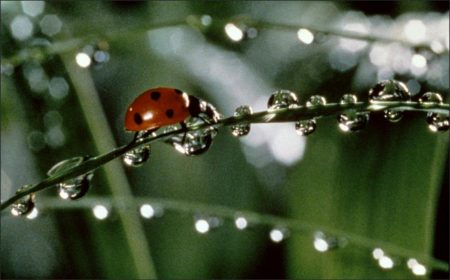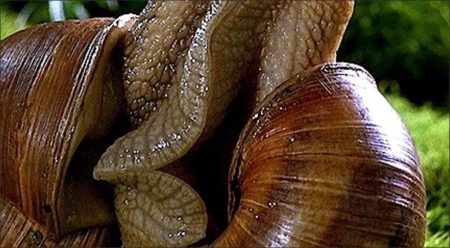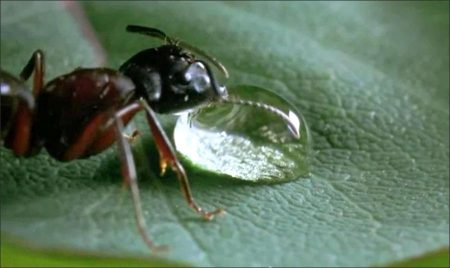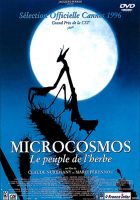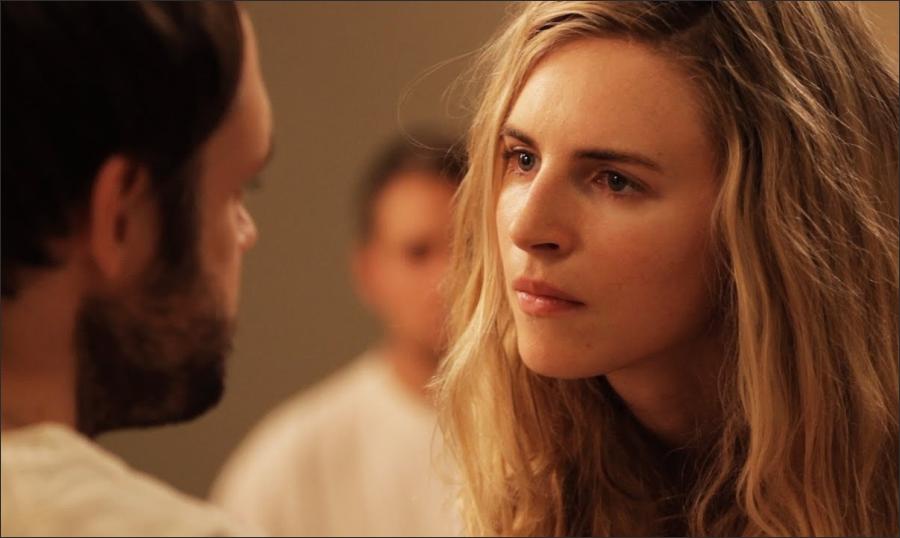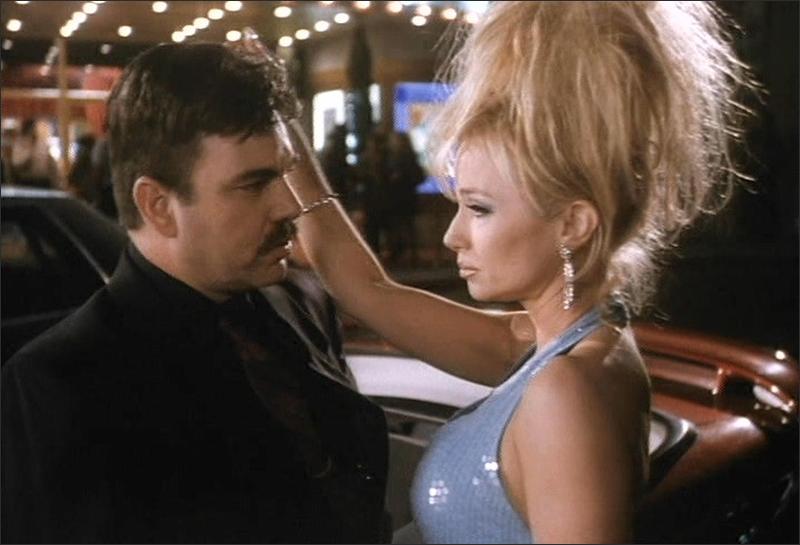Microcosmos movie storyline. A documentary of insect life in meadows and ponds, using incredible close-ups, slow motion, and time-lapse photography. It includes bees collecting nectar, ladybugs eating mites, snails mating, spiders wrapping their catch, a scarab beetle relentlessly pushing its ball of dung uphill, endless lines of caterpillars, an underwater spider creating an air bubble to live in, and a mosquito hatching.
Microcosmos (original title Microcosmos : Le peuple de l’herbe — Microcosmos: People of the grass) is a 1996 documentary film by Claude Nuridsany and Marie Pérennou and produced by Jacques Perrin. Set to the music of Bruno Coulais, this film is primarily a record of detailed interactions between insects and other small invertebrates.
The film was screened out of competition at the 1996 Cannes Film Festival. Scenes from the film were used in the music video for the single “You Don’t Love Me (Like You Used to Do)” from The Philosopher Kings’ album Famous, Rich and Beautiful.
Awards and Nominations
César Awards (France)
Won: Best Cinematography (Thierry Machado, Claude Nuridsany, Marie Pérennou and Hugues Ryffel)
Won: Best Editing (Florence Ricard and Marie-Josèphe Yoyotte)
Won: Best Music (Bruno Coulais)
Won: Best Producer (Jacques Perrin)
Won: Best Sound (Philippe Barbeau and Bernard Leroux)
Nominated: Best Film
Nominated: Best First Work (Claude Nuridsany and Marie Pérennou)
Nominated: Best Sound (Laurent Quaglio)
Film Review for Microcosmos
Children, being built nearer to the ground and having more time on their hands, are close observers of ants and spiders, caterpillars and butterflies. Adults tune them out; bugs are things you slap, swat, step on or spray. “Microcosmos” is an amazing film that allows us to peer deeply into the insect world and marvel at creatures we casually condemn to squishing. The makers of this film took three years to design their closeup cameras and magnifying lenses, and to photograph insects in such brilliant detail that if they were cars, we could read their city stickers.
The movie is a work of art and whimsy as much as one of science. It uses only a handful of words, but is generous with music and amplified sound effects, dramatizing the unremitting struggle of survival that goes on in a meadow in France. If a camera could somehow be transported to another planet, in order to photograph alien life forms, would the result be any more astonishing than these invasions into the private lives of snails and bees, mantises and beetles, spiders and flies?
Where did these forms come from? These legs — two, four, six, a thousand? Eyes like bombardier’s turrets? Giant pincers? Honeyed secretions? Metamorphoses from a wormy crawling thing into a glorious flying thing? Grasshoppers that look like plants, and beetles that look like ants? Every one of these amazing creatures represents a successful Darwinian solution to the problem of how to reproduce and make a living. And so do we.
One beautiful creature after another takes the screen. There is a parade of caterpillars. A dung beetle, tirelessly moving his treasure. Two snails engaging in a long and very loving wet kiss. Spiders methodically capturing and immobilizing their prey (what a horrible fate; does the victim understand what has happened to it?). Ants construct lives of meticulous order and then a hungry pheasant comes along and gobbles up thousands of them. More ants construct more anthills, flawless in design and function, and then the hills are bombed by raindrops that look to them as big as beach balls.
There is a fight to the death between two beetles, and their struggle looks as gargantuan as the battling dinosaurs in “Jurassic Park.” There are tiny insects who live in, on and for the nectar supplied by plants that are perfectly designed for them. Ladybugs seem so ill-designed to fly that every takeoff seems like a clumsy miracle; do they get sweaty palms? Overhead there is a towering canopy of jungle foliage, consisting of the grasses and flowers of the meadow.
See whatever other movies you want to this year. “Microcosmos” is in a category of its own. There is no other film like it. If the movies allow us to see places we have not visited and people we do not know, then “Microcosmos” dramatically extends the range of our vision, allowing us to see the world of the creatures who most completely and enduringly inhabit the Earth.
Sometimes the closeup cameras are almost embarrassingly intimate; should we blush, to see these beings engaged in their crucial daily acts of dining, loving, fighting, being born and dying? You may leave this movie feeling a little like a god. Or like a big, inelegant and energy-inefficient hunk of clunky design. Of course, we’re smart and they’re not. We know the insects exist, and they don’t know we exist. Or need to.
Microcosmos (1996)
Directed by: Claude Nuridsany, Marie Pérennou
Starring: Jacques Perrin, Kristin Scott Thomas
Screenplay by: Claude Nuridsany, Marie Pérennou
Cinematography by: Thierry Machado
Film Editing by: Florence Ricard, Marie-Josèphe Yoyotte
Special Effects by: Liliane Caille, Jean-Pierre Maricourt, Christian Guillon
Music by: Bruno Coulais
Distributed by: Miramax Films
Release Date: September 6, 1996
Views: 145
